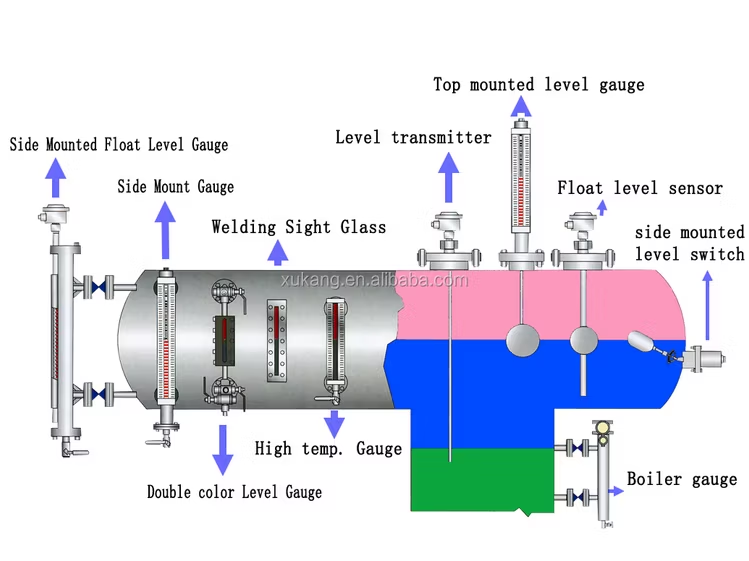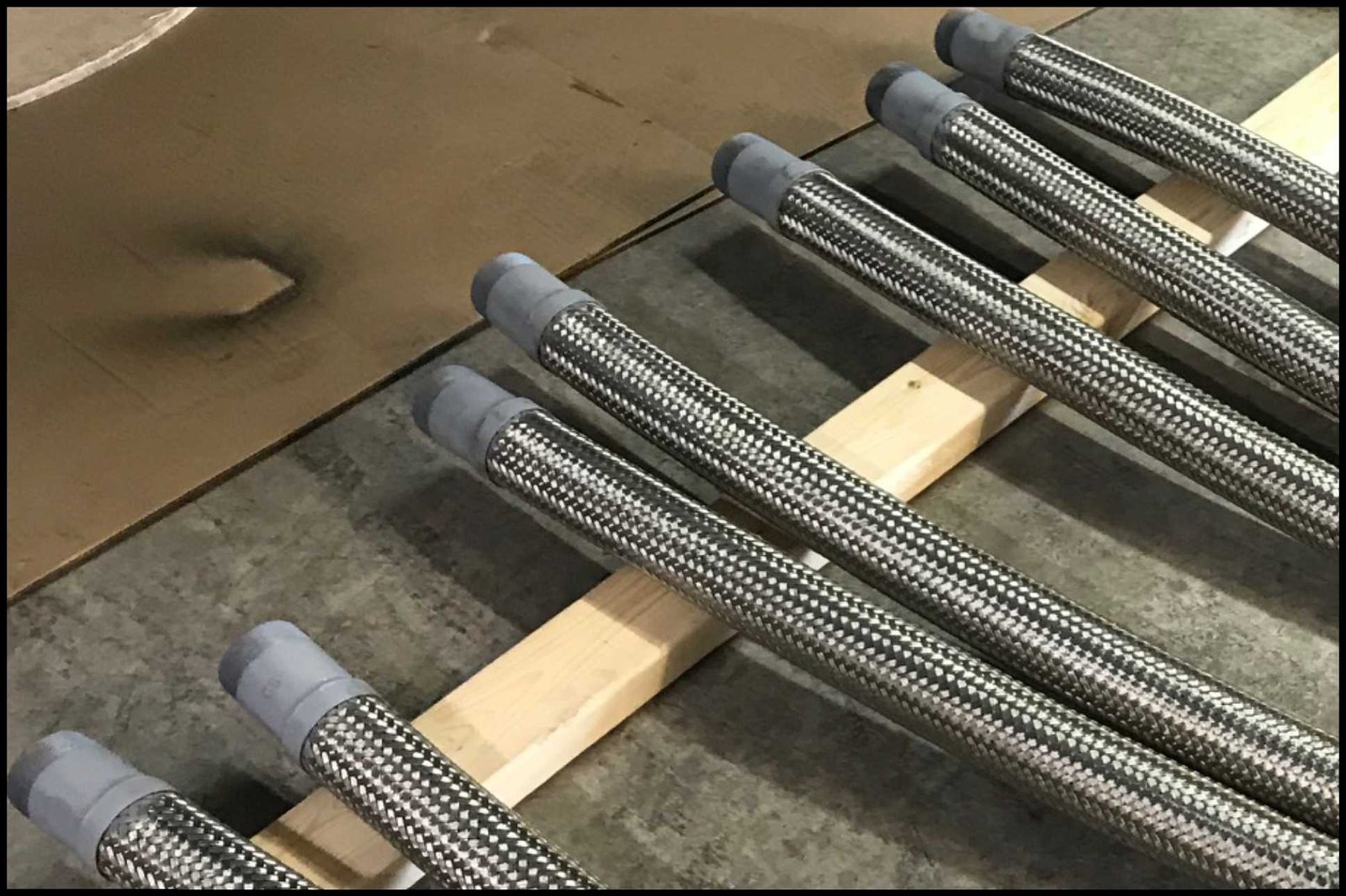Best Biometric Attendance Machine for Schools in India (2026)
In modern education, accurate attendance management is no longer just an administrative formality—it’s part of a school’s digital transformation journey. A reliable Biometric Attendance Machine or face recognition system ensures transparency, reduces manual errors, and boosts overall efficiency. As schools across India adopt smarter infrastructure, choosing the right biometric device in 2026 has become a key decision for administrators.
Why Schools Need a Biometric Attendance System
Traditional attendance systems—manual registers or RFID cards—are time-consuming and prone to misuse. Schools today require systems that can handle large student populations with precision and speed.
Here are a few reasons biometric machines are becoming essential:
- Accuracy and Speed: A fingerprint or face scan records attendance in seconds, minimizing delays during morning rush hours.
- Elimination of Proxy Attendance: Biometric verification prevents students from marking attendance for others.
- Automated Reports: Attendance data syncs directly with school management systems, saving hours of administrative work.
- Hygiene and Safety: Contactless face recognition devices have become popular for maintaining hygiene standards post-pandemic.
- Data Analytics: Many systems now provide dashboards that help track attendance trends and punctuality across departments.
Simply put, a good biometric system turns attendance management into an automated, data-driven process.
Features to Look for in a Biometric Attendance Machine (2026)
When evaluating attendance machines for schools in India, the following features are worth considering:
1. Authentication Method
- Fingerprint Systems: Affordable and proven for most school environments.
- Face Recognition Devices: Contactless, faster, and suitable for high-traffic areas.
- Multi-Mode Options: Some machines combine face, fingerprint, and RFID options for flexibility.
- Accuracy and Speed: Systems should identify students in less than a second, even in low-light conditions.
2. User Capacity and Storage
A typical school should choose a device that can handle at least 1,000–5,000 users. Look for models with sufficient memory to store offline data in case of network issues.
3. Integration and Connectivity
Ensure that the system can integrate with your school’s ERP or management software. Real-time cloud syncing, Wi-Fi, and LAN connectivity make management seamless.
4. Durability and Design
The device should withstand frequent use and environmental factors like dust or humidity. Wall-mounted models with strong build quality are ideal for schools.
5. Cost and Support
While cost is important, schools should evaluate total ownership costs—including installation, training, and maintenance. Reliable after-sales service ensures smooth long-term performance.
6. Data Security and Privacy
Since student biometrics are sensitive data, encryption and secure data storage must be top priorities. Choose vendors with strong privacy compliance practices.
Top Biometric Attendance Machines for Schools in India (2026)
Below are some of the top-performing machines that have proven effective for Indian schools in 2026:
1. NIALABS AI Face Recognition Attendance & Access Control System
The N-AI09 AI Face Recognition Attendance & Access Control System by Nialabs is a next-generation Biometric Attendance Machine designed for schools, offices, and institutions that value speed, accuracy, and security. Equipped with advanced AI-based facial recognition, it ensures instant identification even in low-light or masked conditions. The N-AI09 supports contactless attendance, making it hygienic and ideal for high-traffic environments. With real-time data synchronization, cloud integration, and anti-spoofing technology, it delivers dependable performance for both attendance and access control. Built for the Indian environment, the N-AI09 combines innovation, durability, and affordability—making it one of Nialabs’ most efficient biometric solutions.
2. Z500V2 Biometric Attendance Machine
A reliable mid-range option that combines fingerprint recognition with user-friendly software. Ideal for medium-sized institutions.
3. ZKTeco LX50 Fingerprint Time Attendance Clock
Highly popular for its affordability and durability. Perfect for smaller schools seeking a simple yet efficient fingerprint system.
4. CP Plus Fingerprint Attendance Terminal (CP-VTA-F1043)
Known for its solid performance and data accuracy, this model suits schools that want a branded, low-maintenance solution.
5. Navkar Systems Combo-CN114 Attendance & Access Control Machine
This device integrates attendance tracking with door access control—great for schools that also need secure entry systems.
6. Access FM220U L1 Time & Attendance Device
A compact, budget-friendly model suitable for schools with basic attendance tracking requirements.
Each of these devices has its strengths, depending on the school’s size, infrastructure, and budget.
Nialabs: Revolutionizing Biometric Solutions for Schools
Nialabs, an Indian technology company, has emerged as a strong player in the field of biometric attendance and access control solutions. Their systems are built specifically for schools, offices, and transport tracking.
Key Highlights of Nialabs:
- Offers AI-enabled face recognition and fingerprint devices tailored for the Indian environment.
- Provides cloud-based dashboards for real-time attendance insights.
- Supports multi-campus scalability, ideal for school chains or educational groups.
- Focuses on data privacy and secure biometric management.
- Offers dependable after-sales service and integration with existing school management software.
Nialabs stands out for combining innovation with practical design—helping schools shift smoothly to digital attendance solutions.
How to Choose the Right Biometric System for Your School
Selecting the right attendance machine requires careful evaluation. Here’s a step-by-step approach:
- Assess Needs: Determine the number of students, staff, and access points.
- Set a Budget: Include device cost, setup, and maintenance expenses.
- Evaluate Technology: Choose between fingerprint, face, or hybrid models based on hygiene and convenience.
- Check Integration: Ensure compatibility with your school’s management software.
- Test Before Purchase: Request a demo to check speed, accuracy, and usability.
- Review Security: Verify encryption standards and data-handling practices.
- Plan for Growth: Opt for systems that can scale with your school’s expansion.
This process ensures you invest in a system that fits your school’s needs both now and in the future.
Challenges Schools Face in Implementing Biometric Systems
While the benefits are significant, schools in India often face some challenges when adopting biometric systems:
- High Footfall: Devices must handle large crowds efficiently during entry and exit.
- Lighting Variations: Face recognition accuracy can drop in direct sunlight or dim areas.
- Connectivity Issues: Some campuses struggle with unstable internet, making offline functionality important.
- Data Privacy: Collecting student biometrics requires strict compliance with data protection laws.
- Maintenance Needs: Regular cleaning and software updates are necessary to ensure long-term performance.
Schools that plan proactively can overcome these challenges with the right vendor support and internal processes.
Conclusion
In 2025, biometric attendance systems have become an essential part of school infrastructure across India. They not only ensure accuracy and security but also reduce administrative burden and improve efficiency.
When choosing a system, schools should prioritize speed, reliability, integration, and data security over price alone. Vendors like Nialabs are leading the charge by offering solutions tailored specifically to the Indian education sector, combining innovation with ease of use.
The right biometric attendance machine can transform how schools manage attendance—saving time, preventing errors, and paving the way for a smarter, more transparent future in education.




Leave a Reply